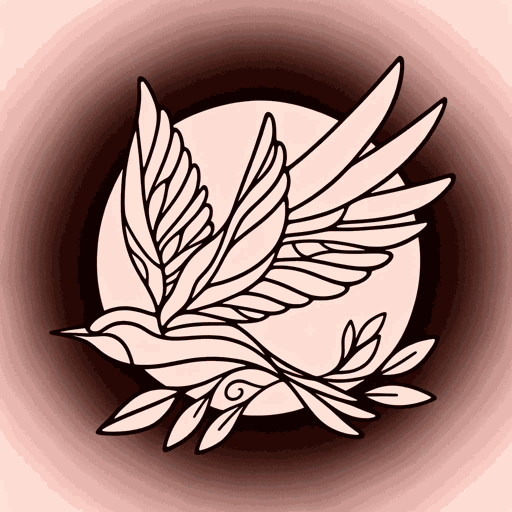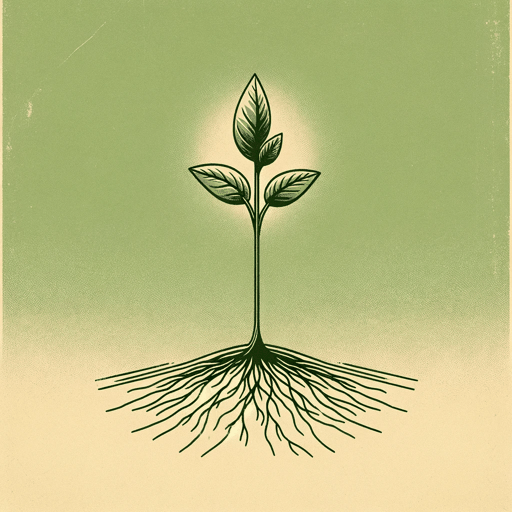32 pages • 1 hour read
Joy HarjoAn American Sunrise
Fiction | Poem | Adult | Published in 2017A modern alternative to SparkNotes and CliffsNotes, SuperSummary offers high-quality Study Guides with detailed chapter summaries and analysis of major themes, characters, and more. For select classroom titles, we also provide Teaching Guides with discussion and quiz questions to prompt student engagement.
SummaryOverview
Overview
Joy Harjo is a seminal voice in the US poetry canon, and she has long been an advocate for Native American women in the literary world. Her work has merited tremendous acclaim, such as a Lifetime Achievement Award from the Native Writers Circle of the Americas, the Josephine Miles Poetry Award, the Wallace Stevens Award from the Academy of American Poets, the William Carlos Williams Award from the Poetry Society of America, and the American Indian Distinguished Achievement in the Arts Award. She has received fellowships from the Arizona Commission on the Arts, the National Endowment for the Arts, the Rasmuson Foundation, and the Witter Bynner Foundation, and a Ruth Lilly Poetry Fellowship. Her first published collection of poetry debuted in 1975, a nine-poem chapbook titled The Last Song. Since then, she has gone on to publish nine poetry books, including How We Became Human (2002) and The Woman Who Fell From the Sky (1994).
Harjo’s An American Sunrise (2019), a much-anticipated collection of poems, became a national bestseller, and solidified her place as one of the most successful poets in contemporary literature—an accomplishment highlighted by her 2019 appointment as the first Native American Poet Laureate in US history. The book focuses on the spirit and music of home, and the poems look at both the personal and universal struggles of injustice and perseverance in a modern American context. Harjo’s poetry is known for providing a feeling of hope and resilience to readers amid an otherwise tumultuous and brutal reality of living as a member of marginalized communities in the 20th century. She writes, “Through the immense and terrible echo of injustice, a meadow bird sang and sang” (Harjo, Joy. An American Sunrise. W.W. Norton & Company, 2019), thus marking her sense of indelible optimism that permeates her language and being. She is among the most forceful voices in US poetry.
Poet Biography
Joy Harjo is a Native American poet born in Tulsa, Oklahoma. She is a member of the Muscogee (Creek) Nation. Harjo attended the University of New Mexico for her bachelor’s, and later received her master of fine arts from the famed Iowa Writers’ Workshop. She is known for her exploration of Native American narratives, socially provocative insights, and promotion of feminist values in writing, including children’s books and a memoir. Because of where and when she grew up, Harjo highlights the struggles and triumphs of the American Southwest region. Through her writing and music, Harjo amplifies the voices and platforms for Indigenous American writers everywhere.
Remembrance is a crucial aspect of Harjo’s work:
I feel strongly that I have a responsibility to all the sources that I am: to all past and future ancestors, to my home country, to all places that I touch down on and that are myself, to all voices, all women, all of my tribe, all people, all earth, and beyond that to all beginnings and endings. In a strange kind of sense [writing] frees me to believe in myself, to be able to speak, to have voice, because I have to; it is my survival (“Joy Harjo.” Poetry Foundation).
Through a mixture of music, poetry, autobiography, history, and myth, she continues to merge the worlds of literature, culture, identity, and personhood into an acclaimed career, culminating in her recent inauguration as the US Poet Laureate in 2019—the highest honor for any living writer in the United States. Harjo is currently serving a third term as poet laureate.
Poem Text
Harjo, Joy. “An American Sunrise.” 2017. Poetry Foundation.
Summary
The speaker reminisces on the past while focusing on an unknown future from the inside of a bar on a Native American reservation. She catalogues how she and her community spend their time drinking, dancing, playing pool, and dreaming: “We / made plans to be professional—and did. And some of us could sing / so we drummed a fire-lit pathway up to those starry stars” (Lines 4-6). Despite outsiders labeling Native Americans as “heathens” (Line 8), the speaker rejects such prejudice and focuses instead on ways to remain hopeful and communal.
Related Titles
By Joy Harjo

Crazy Brave: A Memoir
Joy Harjo

For Calling the Spirit Back from Wandering the Earth in Its Human Feet
Joy Harjo

Perhaps the World Ends Here
Joy Harjo

Remember
Joy Harjo

She Had Some Horses
Joy Harjo

This Morning I Pray for My Enemies
Joy Harjo

When the World as We Knew It Ended
Joy Harjo
Featured Collections
American Literature
View Collection
Books on U.S. History
View Collection
Indigenous People's Literature
View Collection
Poetry: Food & Drink
View Collection
Political Poems
View Collection
Pride & Shame
View Collection
Short Poems
View Collection
The Best of "Best Book" Lists
View Collection

